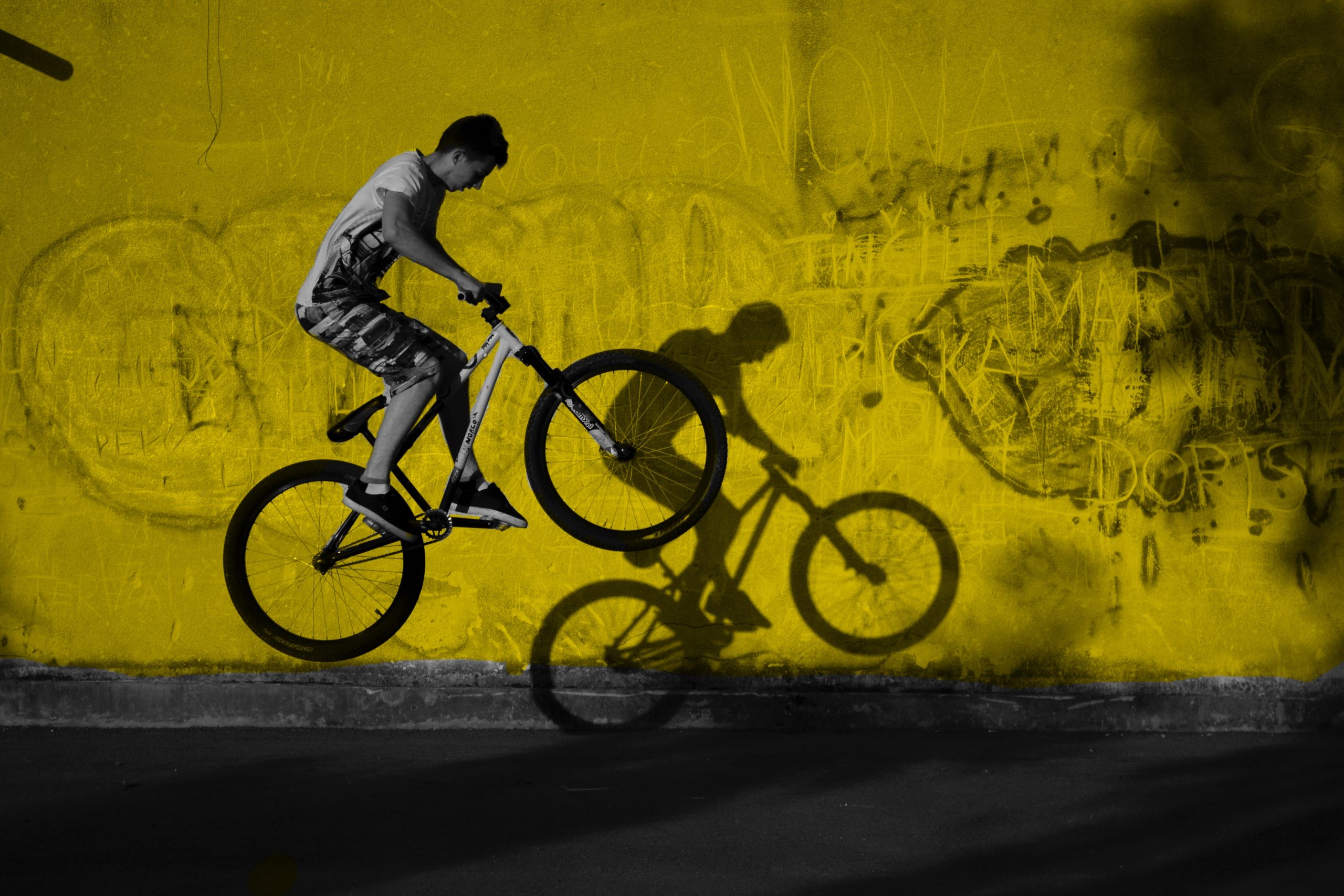Factors That Can Contribute To Cycling Accident Complexity
- 11.08.2015
- Accidents

Peak season for cycling has arrived, and as more road users attempt to share busy streets, it’s important that safety measures be kept in mind on both sides, says York Region lawyer Darcy Romaine.
Thirty-one people have died on Toronto streets this year, Metro reports, noting the number accounts for three cyclists killed in the city. Police had recorded only 11 road deaths at this time in 2014, says the article. “The roads are really designed for cars, and we’re trying to inject cyclists onto these roads where there’s a huge disproportionate risk borne by the cyclists as compared to a motorist,” Romaine, a lawyer with BolandHowe LLP, tells AdvocateDaily.com. “I think it’s up to city planners and engineers really to make dramatic improvements in cyclist safety.”
New bike lanes are being planned on major streets, says Metro, adding advocates feel there is still more work to be done to improve safety for the city’s more than 1.5 million cyclists. Research clearly shows that head injuries are the most severe injuries suffered by cyclists, says Romaine, noting technology is now advancing beyond helmets to keep riders safe. “A new airbag for cyclists is on the rise in Europe and apparently it’s being looked at for Canada,” he says, referring to the Swedish airbag helmet product Hövding. When it comes to seeking legal recourse for injuries suffered by cyclists – or for the loved ones of victims of fatal cycling accidents – Romaine says seeking the opinion of an expert is the first step. “They may not be considering the reason for the accident had something to do with road maintenance or road design, for example,” he says. “If someone is hurt and that person’s future is depending on recovering compensation to replace lost income or future care, he or she should get a professional opinion in terms of whether someone else was the cause of their misfortune.”
If the claim relates to allegations against a municipality, plaintiffs must act quickly due to strict notice provisions that must be followed. But in other cases, says Romaine, there is more time. “You can meet with a lawyer and assess the situation. Meeting with a lawyer doesn’t necessarily mean you’re going to file a lawsuit that day,” he says, noting typically, consultations are free. It’s important for victims of such accidents to remember, says Romaine, that there’s more to a case than a criminal charge. “Police are not going to charge a municipality for having a poorly designed intersection, even though that may be why the accident happened,” he says.
Romaine was successful in obtaining a settlement for a man who was severely injured while mountain biking due to the failure of the forks of his bike, for example. The lawsuit uncovered that the forks were predisposed to fracture unexpectedly and ultimately contributed to the crash. “There are many factors that can contribute to an accident,” says Romaine. “Whether someone does or does not have a case may not always be immediately obvious, but if they don’t seek an expert opinion, they’ll never know.”
NOTE: The article has also been featured at www.advocatedaily.com




